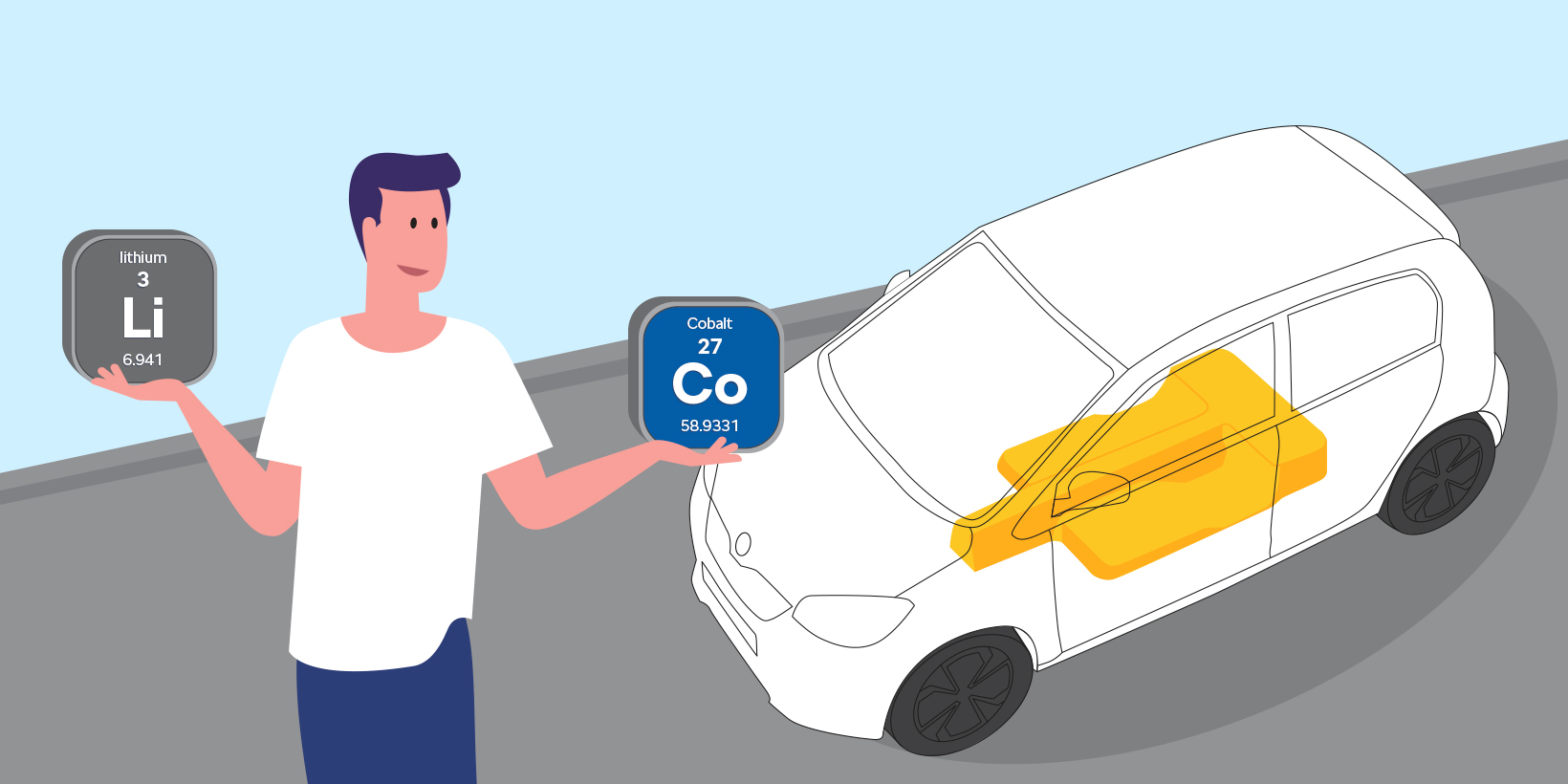The myth #8: there aren’t enough rare metals to make electric cars

Many rare metals, above all lithium, are required to make batteries for electric cars. Critics say that there is a shortage of these raw materials for mass production of electric cars, but that’s not true. Less and less cobalt is needed to make batteries, for example, and there are already battery technologies that do without cobalt. As far as lithium is concerned, new deposits are being found all the time. The Czech Republic, for example, ŠKODA AUTO’s home country, has substantial sources of lithium, accounting for roughly 3% of the world’s reserves. As electric cars become more widespread, it will be possible to make more use of metals from recycled batteries.





















